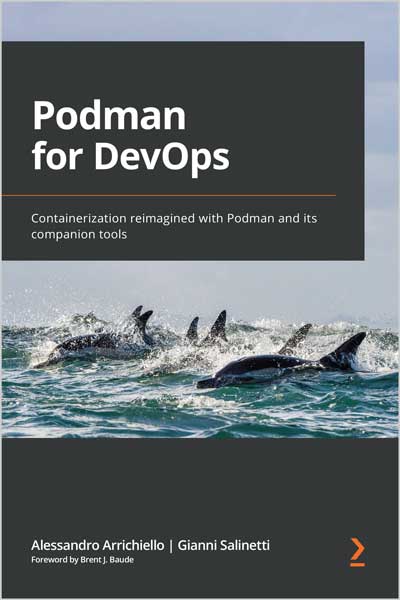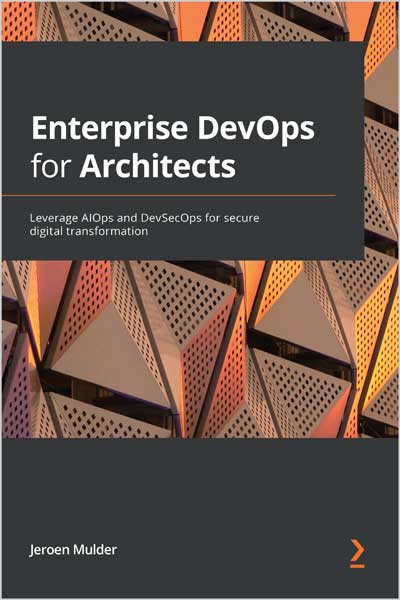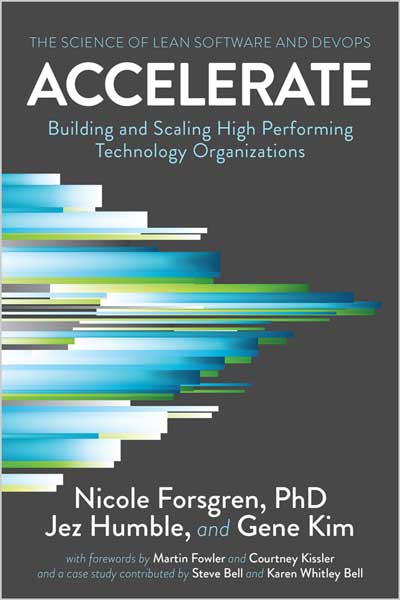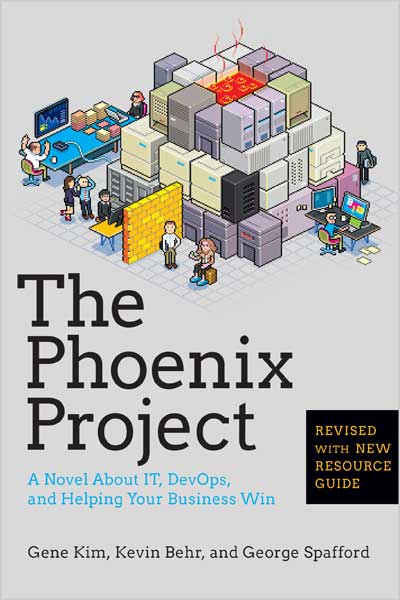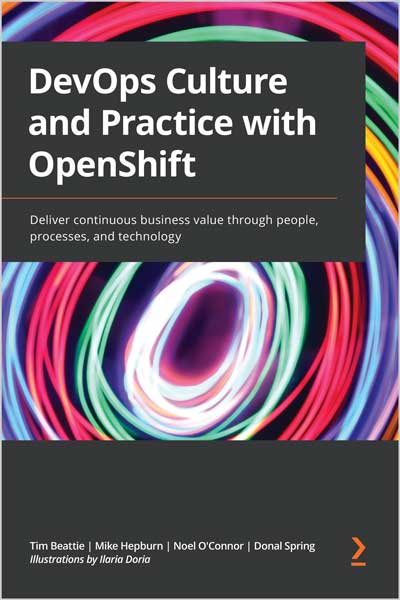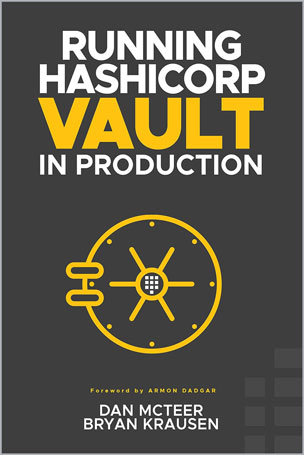Automate your infrastructure at an enterprise scale
David Sandilands
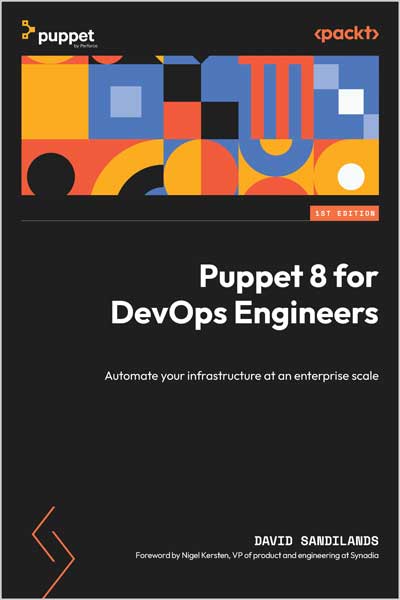
#Puppet
#DevOps
#DevOps_Engineers
Harness the power of this popular declarative configuration management tool to automate your infrastructure configuration
Key Features:
- Understand the core concepts and best approaches to the latest version of the Puppet language
- Learn the key components of the Puppet platform and see how they deploy and apply Puppet code to infrastructure
- Discover approaches to collaborative working by using the right structure of code and deployment
Book Description:
As DevOps and platform engineering drive the demand for robust internal development platforms, the need for infrastructure configuration tools has never been greater. Puppet, a powerful configuration management tool, is widely used by leading enterprises and boasts a thriving open source community.
This book provides a comprehensive explanation of both the Puppet language and the platform. It begins by helping you grasp the basic concepts and approach of Puppet as a stateful language, and then builds up to explaining how to structure Puppet code to scale and allow flexibility and collaboration among teams. As you advance, you'll find out how the Puppet platform allows the management and reporting of infrastructure configuration. The book also shows you how the platform can be integrated with other tooling, such as ServiceNow and Splunk. The concluding chapters help you implement Puppet to fit in heavily regulated and audited environments as well as modern hybrid cloud environments.
By the end of this book, you'll have gained a solid understanding of the capabilities of both the Puppet language and platform, and you will have learned how to structure and scale Puppet to create a platform to provide enterprise-grade infrastructure configuration.
What You Will Learn:
- Find out how to structure Puppet code and data to scale and be secure
- Discover the core components of the Puppet platform and how to achieve performance
- Get to grips with classifying infrastructure and deploying code for different environments
- Understand how Bolt can provide procedural orchestration alongside Puppet code
- Use Puppet's integrations and Forge modules that allow Puppet to integrate with other systems
- Adopt approaches to adoption to ensure your Puppet implementation will succeed in regulated environments, the cloud, and with change control
Who this book is for:
This book is for DevOps engineers looking to automate infrastructure with Puppet as a configuration management tool. It will allow both beginners and current Puppet users to understand the full power of the Puppet language and platform. A basic understanding of Unix system administration and Windows systems and core development concepts such as revision control tools like git, virtualization, testing, and coding tooling like vi or Visual Studio code is a prerequisite.
Table of Contents
Part 1- Introduction to Puppet and the Basics of the Puppet Language
Chapter 01: Puppet Concepts and Practices
Chapter 02: Major Changes, Useful Tools, and References
Chapter 03: Puppet Classes, Resource Types, and Providers
Chapter 04: Variables and Data Types
Chapter 05: Facts and Functions
Part 2- Structuring, Ordering, and Managing Data in the Puppet Language
Chapter 06: Relationships, Ordering, and Scope
Chapter 07: Templating, Iterating, and Conditionals
Chapter 08: Developing and Managing Modules
Chapter 09: Handling Data with Puppet
Part 3- The Puppet Platform and Bolt Orchestration
Chapter 10: Puppet Platform Parts and Functions
Chapter 11: Classification and Release Management
Chapter 12: Bolt for Orchestration
Chapter 13: Taking Puppet Server Further
Part 4- Puppet Enterprise and Approaches to the Adoption of Puppet
Chapter 14: A Brief Overview of Puppet Enterprise
Chapter 15: Approaches to Adoption
Review
“Automation is the fuel that makes DevOps go, and teams have relied on Puppet to drive automation since the early days of DevOps. Puppet 8 for DevOps Engineers is an indispensable resource for DevOps and platform engineers, who are looking to expand their automation capabilities using the latest Puppet platform to improve DevOps velocity.”
Jim Mercer | Research Vice President, DevOps and DevSecOps at IDC
“If you are looking to learn or improve your skills in using Puppet for automation and configuration management, then Puppet 8 for DevOps Engineers by David Sandilands is the perfect book for you. This book is a comprehensive guide to Puppet 8, including the Puppet language, Hiera data lookups, versioning strategies, and best practices.
What sets this book apart is the broad spectrum of subjects that David explains. The book is well-organized, with each chapter building upon the previous one, and includes hands-on exercises to reinforce learning. Overall, Puppet 8 for DevOps Engineers is a must-read for anyone looking to master Puppet and take their automation skills to the next level.”
Bert Hajee, Chief Technology Officer, Enterprise Modules B.V.
“Puppet 8 for DevOps Engineers is a comprehensive, detailed description of modern Puppet usage. David has found the right balance between enthusiasm and objective explanations. The book covers the complete Puppet ecosystem, including the community, their tooling and postings, and Puppet Enterprise solutions.
If you’re looking to learn Puppet from scratch or want to learn about modern best practices, you definitely want to have this book.”
Martin Alfke | Chief Executive Officer at betadots GmbH
About the Author
David Sandilands is a principal solutions architect at Puppet, with a focus on the product management of Puppet’s development ecosystem and integrations. This includes management of the Forge, supported modules, the Puppet Developer Kit, and integrations such as ServiceNow and Splunk. Before this, David worked within Puppet’s solutions architect team, helping Puppet’s largest customers deliver infrastructure automation at scale, and supported these customers in their DevOps working practices. He spent eight years at NatWest as a cloud infrastructure engineer delivering their IaaS platform. Based in Falkirk, Scotland, David has a Bachelor of Engineering in computer science from the University of Edinburgh.
